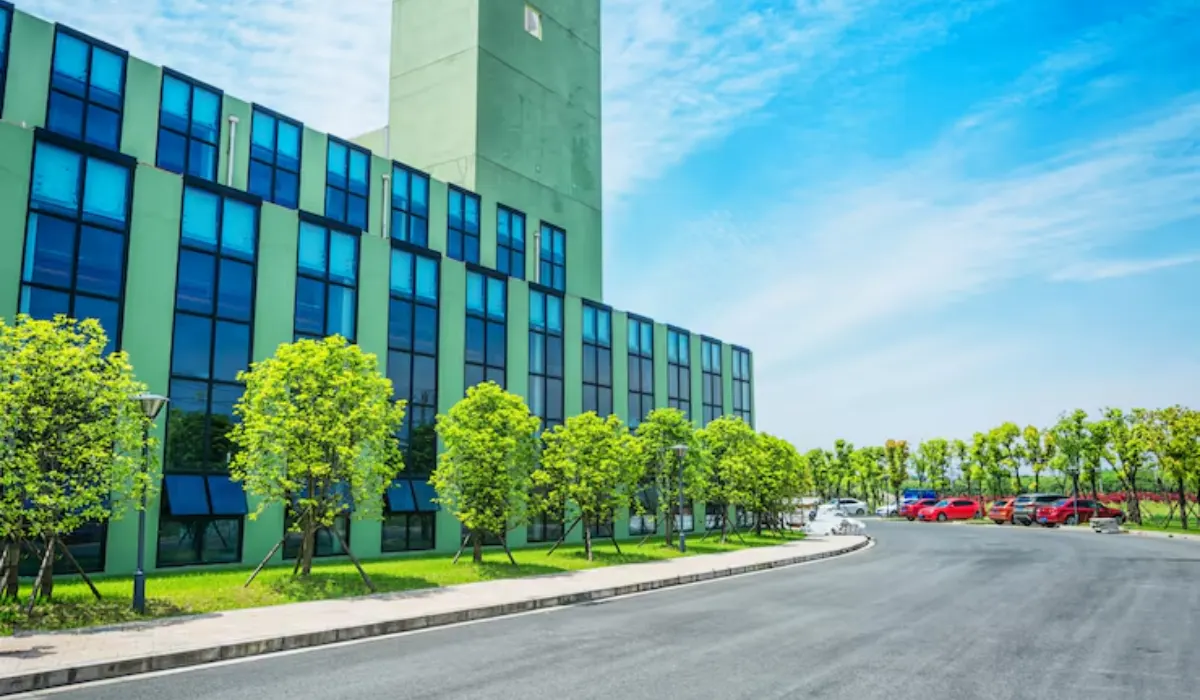Matthew Ganser, EVP Engineering and Technology, Carbon Lighthouse, says there is a misconception about new buildings.
“Just because you have modern building materials and maybe a more modern building management system or control system, it doesn’t necessarily mean you have a more efficiently run asset,” Ganser says. “There are a lot of reasons for that.
One of the primary reasons is that buildings don’t always perform as designed. “The way they’re commissioned is a little bit different than the way they’re actually run as a building with the actual loads the building experiences and when the building experiences those loads,” Ganser says.
Even if two buildings have similar control systems, performance can be dramatically different.
“Often, to make a building really hum and be a lot more efficient, you have to finetune and adapt the controls of that specific building,” Ganser says. “It’s not just a copy and paste from the previous building.”
Even with matching systems operated in similar ways, every building is different. “We haven’t come across the same building twice,” Ganser says. “Even when it comes to new buildings, what worked in the past isn’t perfectly how a new building should be operating now.”
In this random world, similar buildings produce far different energy usage outcomes. “It’s a very discombobulated random world to work in,” Ganser says. “Technology allows us to do a lot of things that are difficult much more quickly in an automated fashion.”
Ganser says technology can identify inaccurate readings in the building management systems. It can also identify problems or savings opportunities in the building, regardless of the structure’s age. “We’ve worked in a lot of old buildings that have had plenty of major opportunities for improvement,” Ganser says. “We also have that same situation with brand new buildings as well.”
If technology can produce accurate energy usage information, Ganser thinks it can do much more than improve the performance of individual assets. It has the potential to push the industry beyond accusations of greenwashing.
“If we can move the conversation past greenwashing and move it towards the common currency [expense savings] that all businesses run off of, that’s where you can have a conversation that anyone would be excited to be part of,” Ganser says.
COVID-19 also plays a role in these discussions.
“With energy efficiency and COVID-19, there is a lot of overlap with what’s being discussed about how buildings might change,” Ganser sa.ys
Energy could provide a way forward as budget crunches get worse. Reducing energy spending can be useful for the bottom line. “They are two sides of the same coin,” Ganser says.















